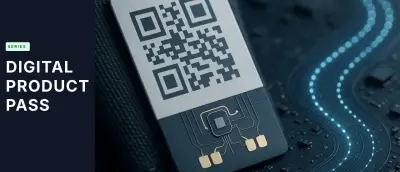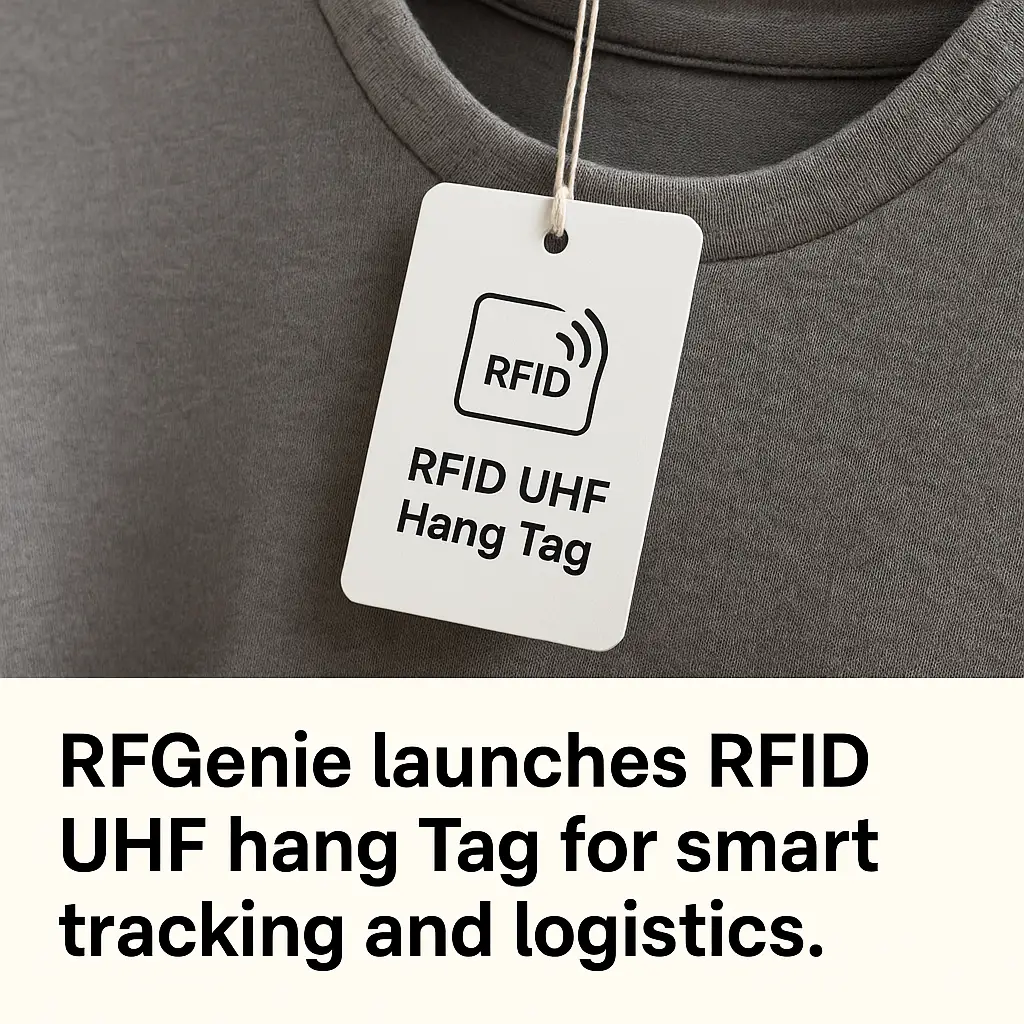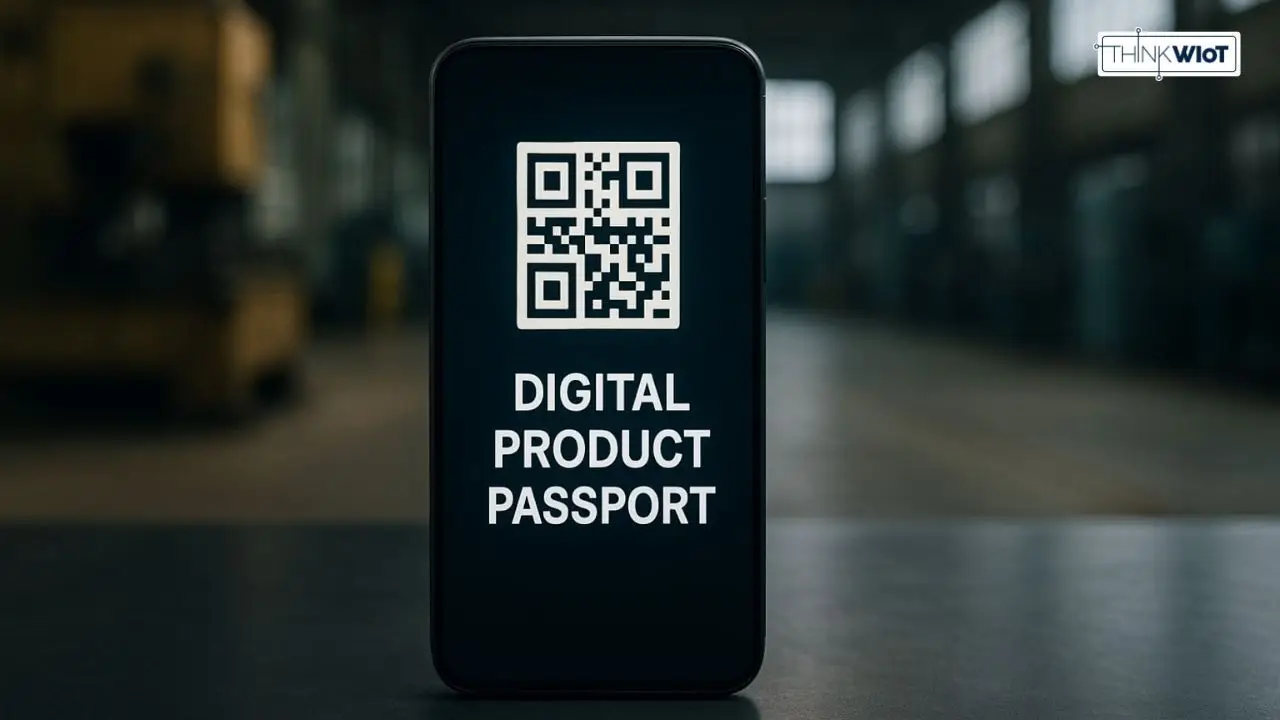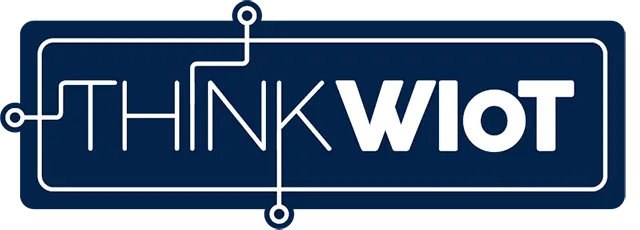UHF RFID in Smartphones: Unlocking New Possibilities Across Industries
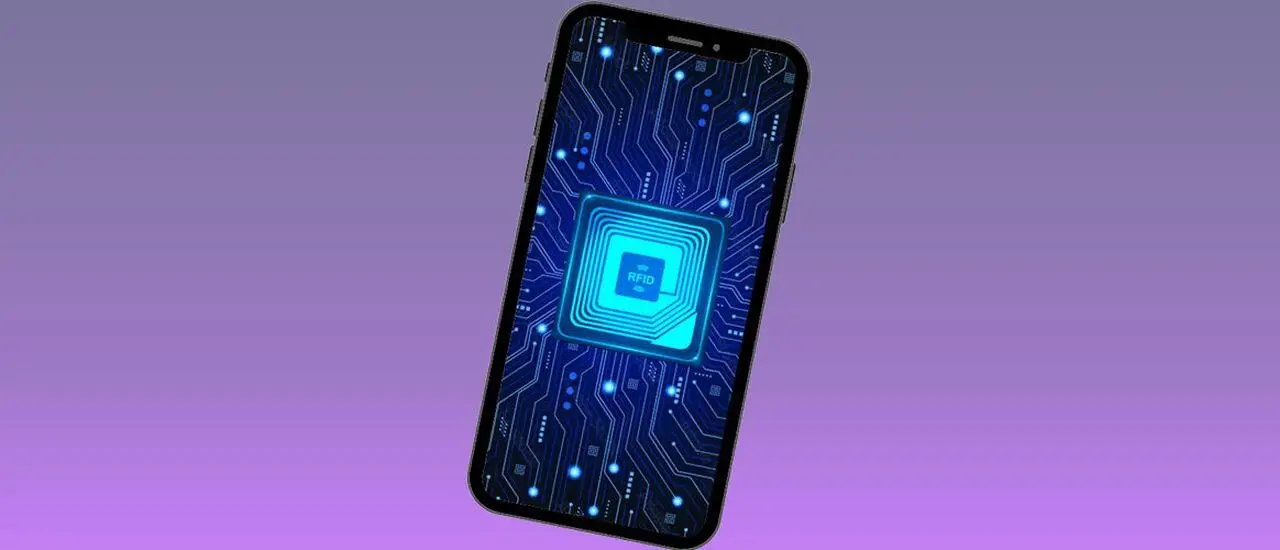
The growing role of UHF RFID
Ultra-High Frequency (UHF) RFID has long been a key technology in logistics, supply chain management and industrial automation. Until now, RFID required dedicated readers to scan and track tagged items. However, with Qualcomm’s announcement of UHF RFID integration into the Snapdragon® Mobile Platform, the industry is entering a new phase where both businesses and consumers could benefit from direct RFID functionality in smartphones.
Why integrate UHF RFID into Smartphones?
The integration of UHF RFID into smartphones expands the accessibility and applications of this technology. While RFID is already widely used in logistics, retail, manufacturing, healthcare, access control and many more industries, its introduction into mobile devices will significantly broaden its potential
Some key advantages include:
Improved shopping experiences – Consumers will be able to scan products in-store to access detailed product information, verify authenticity or complete purchases via automated checkouts.
Greater supply chain transparency – Businesses and employees can track shipments in real time, reducing errors and improving efficiency.
Sustainability and waste reduction – RFID could support better inventory management at home, allowing users to monitor product expiration dates and consumption patterns to reduce waste.
Authentication & anti-counterfeiting – High-value goods, such as luxury items and pharmaceuticals, can be easily verified using a smartphone.
Technical challenges & ongoing developments
While the potential is significant, integrating UHF RFID into mobile devices presents several challenges:
Antenna design – A suitable UHF RFID antenna must fit within the compact structure of a smartphone while maintaining effective performance.
Power consumption – Mobile devices have limited battery capacity and running an RFID reader must not result in excessive power drain.
Standardisation & security – For widespread adoption, industry-wide standards need to be in place, ensuring interoperability and robust data protection.
Interference management – In environments where multiple smartphones attempt to read the same tag, effective methods must be developed to ensure selective and reliable scanning.
Organisations such as the RAIN RFID Alliance and leading technology companies are actively working to address these challenges and ensure smooth integration into everyday consumer technology.
How does UHF RFID compare to NFC and QR codes?
Many smartphones already support NFC (Near Field Communication), primarily used for contactless payments. However, NFC has a very limited read range (a few centimetres), while UHF RFID can read multiple tags simultaneously from distances of over one metre, making it particularly useful for logistics and retail. QR codes, while widely adopted, require manual scanning and a clear line of sight, whereas RFID operates seamlessly in the background.
In the future, we expect to see hybrid solutions that combine NFC and UHF RFID, providing flexibility for different applications.
What’s Next?
Although Qualcomm’s announcement is a major step forward, widespread adoption of UHF RFID in smartphones will take time. Experts estimate it could take several years before a significant proportion of smartphones are equipped with this functionality. However, as RFID tagging becomes more widespread and costs decrease, we can expect rapid expansion into various sectors.
For businesses, the key takeaway is to start preparing for this shift. Companies that invest in RFID-enabled systems today will be well-positioned to take advantage of the technology once it becomes widely available in consumer devices.
At Cisper, we closely monitor these developments and provide businesses with high-quality RFID hardware. Whether you need high-quality RFID hardware or insights into emerging technologies, we are here to support you.
- Carina Drost‑Olijve, Marketing & Communication
